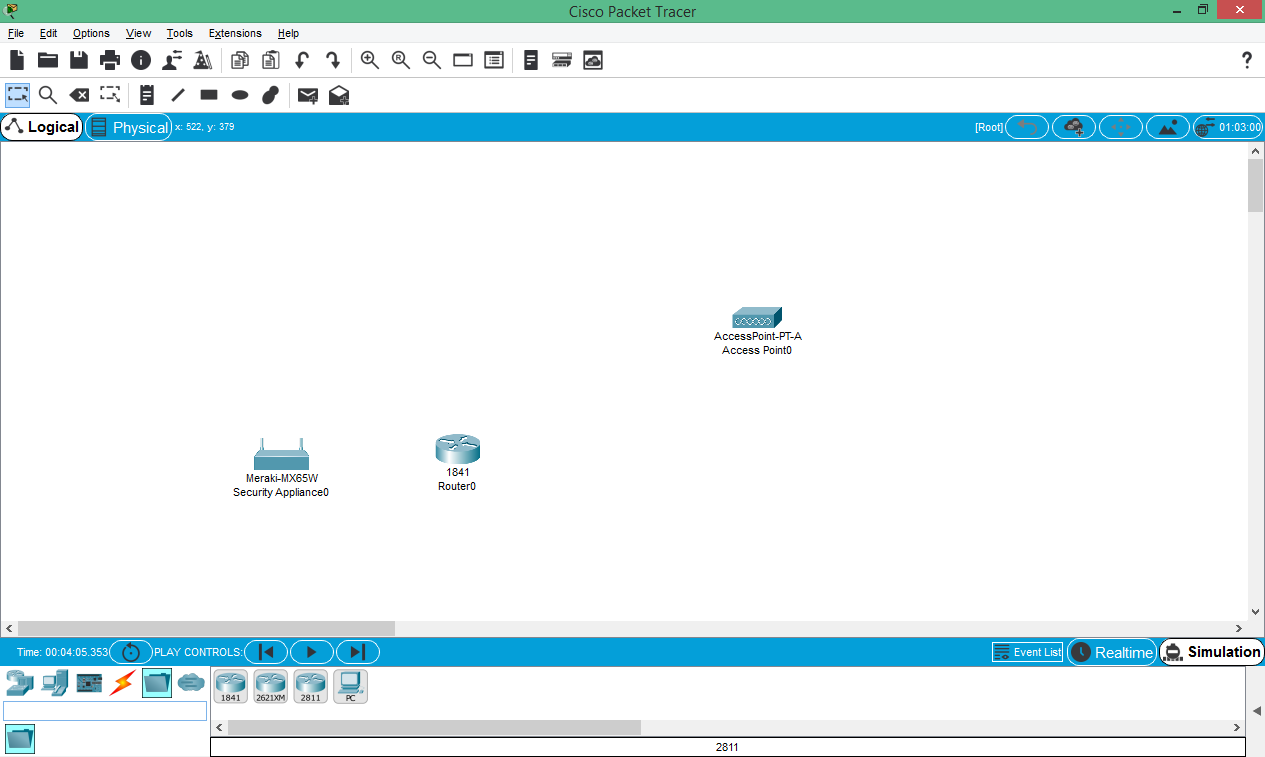



HOTSPOT You need to evaluate the output of the following code segment.Top 1 IT Exam Answers and Certifications Preparation for 2022.SRWE Practice PT Skills Assessment (PTSA) – Part 2 AnswersĮNSA Practice PT Skills Assessment (PTSA) AnswersĬCNA3 v7 – ENSA – ENSA Final PT Skills Assessment (PTSA) Answers SRWE Practice PT Skills Assessment (PTSA) – Part 1 Answers ITN Practice PT Skills Assessment (PTSA) Answers In addition, all devices should be able to ping the Web Server. Step 2: Verify full connectivity to all destinations.Įvery device should now be able to ping every other device inside the network. Notice that each router has a full listing of all the .0 networks and a default route. View the routing tables for R2 and R3.RIP (R) now appears with connected (C) and local (L) routes in the routing table. Use the appropriate command to show the routing table of R1.

R3(config-router)# passive-interface gig 0/0/0 Part 2: Verify Configurations Step 1: View routing tables of R1, R2, and R3. R2(config-router)# passive-interface gig 0/0.Configure the interface that contains no routers so that it does not send out routing information.Configure RIP for the networks directly connected to R2.R1(config-router)# default-information originate.Advertise the default route configured in step 1a with other RIP routers.R1(config-router)# passive-interface gig 0/0.Configure the LAN port that contains no routers so that it does not send out any routing information.Configure RIP for the networks that connect to R1.Use version 2 of the RIP protocol and disable the summarization of networks.Use the appropriate command to create a default route on R1 for all Internet traffic to exit the network through S0/0/1.Part 1: Configure RIPv2 Step 1: Configure RIPv2 on R1. In this activity, you will configure a default route, RIP version 2, with appropriate network statements and passive interfaces, and verify full connectivity. 3.2.1.8 Packet Tracer – Configuring RIPv2 ObjectivesĪlthough RIP is rarely used in modern networks, it is useful as a foundation for understanding basic network routing.


 0 kommentar(er)
0 kommentar(er)
